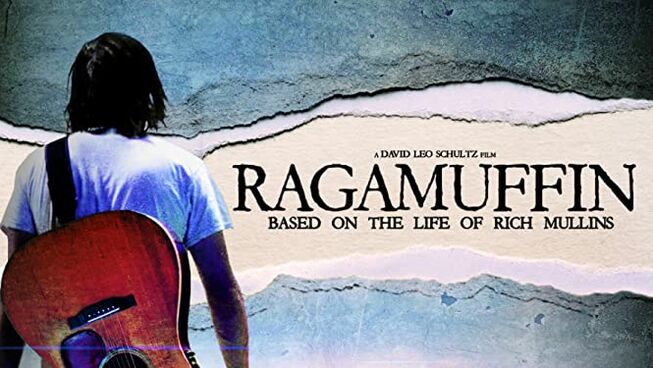
3 out of 5 stars
In 1960, legendary French director Jean-Paul Belmondo released Breathless, which made an up and coming actress from Marshalltown, Iowa (USA) a film icon. Jean Seberg (Kristen Stewart) became an international star and went on to star in over 30 films in Hollywood and Europe, most notable were Lilith and Airport. During this era, she decided to use her fame as a catalyst to support antiwar protests and most notably the Black Panthers.
Her political involvement put her on the radar of the McCarthy-era FBI, headed up by J. Edgar Hoover, who did all it could to thwart these movements. Despite being married to novelist Romain Gary (Yvan Attal), the young actress started a romantic relationship with a leader in the Black Power Movement, Hakim Jamal (Anthony Mackie). The combination of infidelity and political activism led to Seberg being the focus of an immersive and invasive surveillance programme called COINTELPRO.
Jack Solomon (Jack O’Connell) and Carl Kowalski (Vince Vaughn) head up the FBI counter-intelligence team that targets the actress and all of her known associates. They begin to leak information to the press and various organisations that lead to Seberg and Jamal to lose their families, careers and influence. The pressure from the surveillance and the news media cause the actress to go into hiding, leading her to establish a justifiable paranoia that leads her to attempt suicide on numerous occasions. When one of the attempts leads to the death of her unborn daughter, Agent Solomon reaches out to the actress to help her to overcome her demons.
The film does provide Kristin Stewart one of the best roles of her career. She proves that she is suited for tragic characters in small independent films. The Twilight actress seems to find solace and her voice in these smaller films and can showcase her talents. Mackie, O’Connell, Vaughn and the rest of the cast capture the look and feel of the era and support Stewart in her journey into the psychological depths of the human soul.
The juxtaposition of this screenplay is found in the moral ambiguity of Jean Seberg. There is an attempt to make her the victim of the less than proper attention of the FBI, while still showing how she had a penchant for making poor life decisions. Her treatment by the FBI was undeserving and reprehensible. Still, it came after numerous warnings from people to discontinue putting herself, family and friends in jeopardy. Even though she does represent the beauty and glamour of Hollywood, her life was a short and tragic existence that proved to be less than enviable.
Seberg’s story was reminiscent of the story of the woman caught in adultery who was brought to Jesus. Even though we do not know her name or her situation ultimately, what can be said is that she was caught in a moral failing and she was meant to be judged. The harsh reality of the era was that she should have been put to death for her error in judgement. The religious order wanted to put Jesus to the test to make sure he upheld the religious laws. Yet, after some thought, he merely stated this to the murderous crowd, ‘let the one who has never sinned throw the first stone.’ At this simple statement, the crowd eventually dispersed and Jesus gave the woman a declaration and instruction.
‘I do not accuse you; go from here and sin no more.’
Jean Seberg was not perfect and had her own failings, but the brutal treatment she endured was not justice. There is a hope for anyone who finds themselves in a similar situation as both of these women. A hope that they would look to the mercy of Christ over the harshness of this world for answers.






